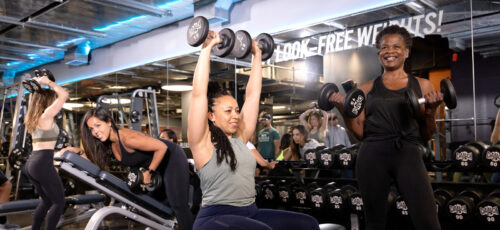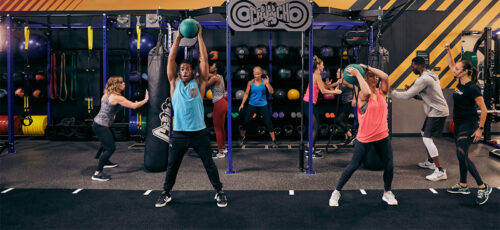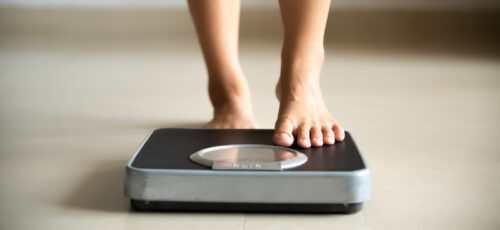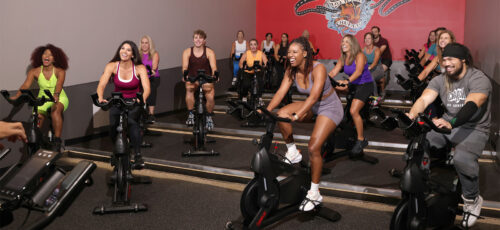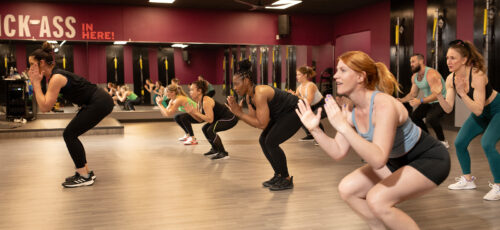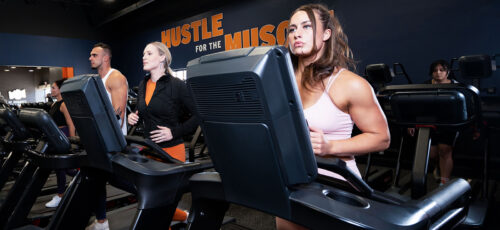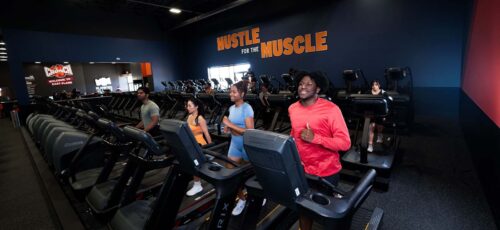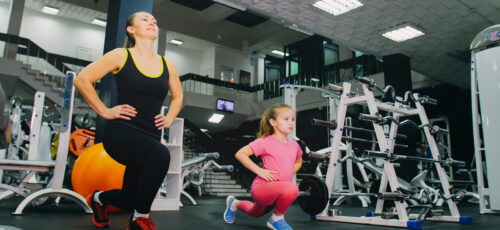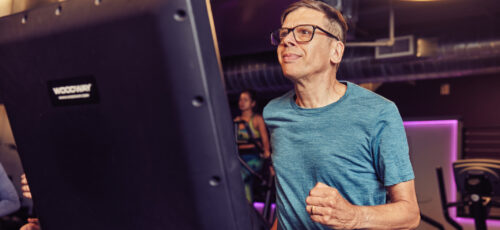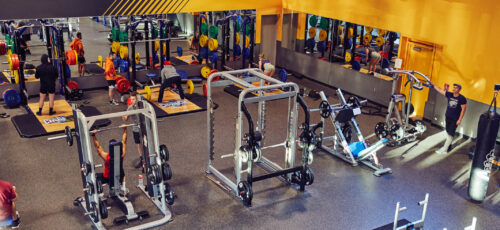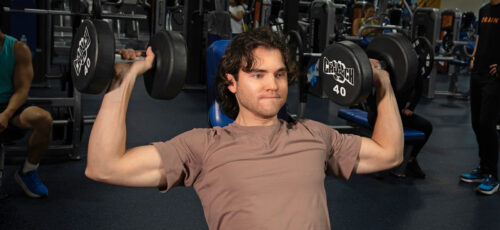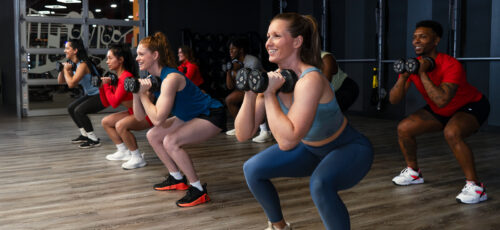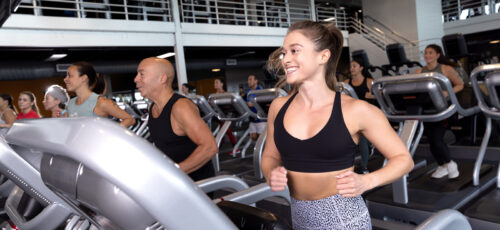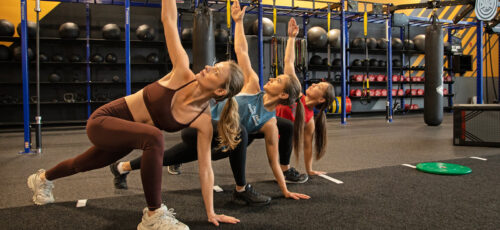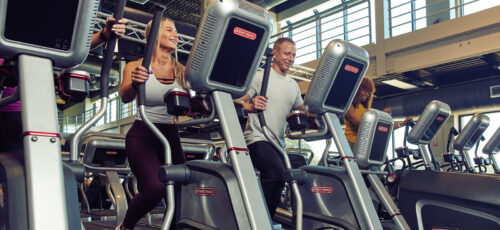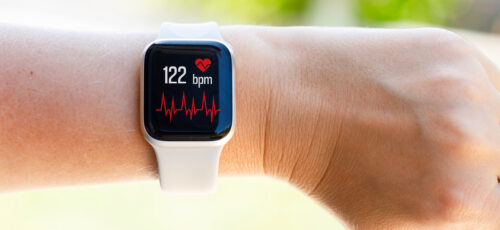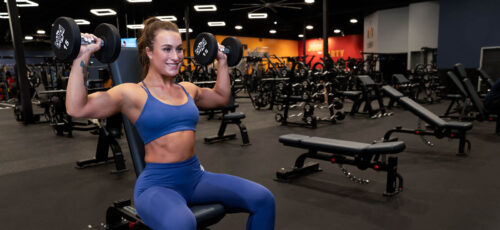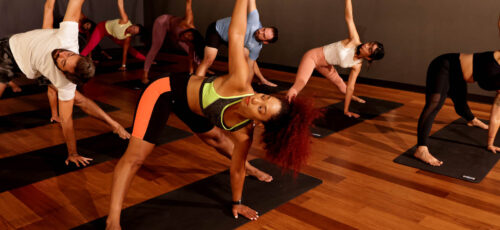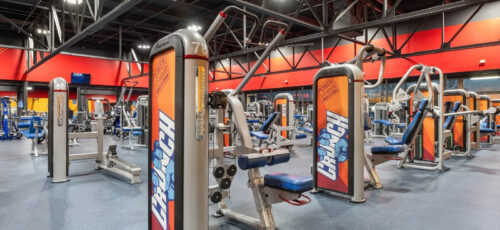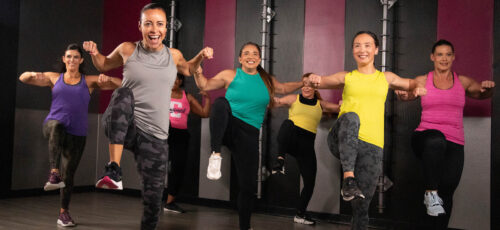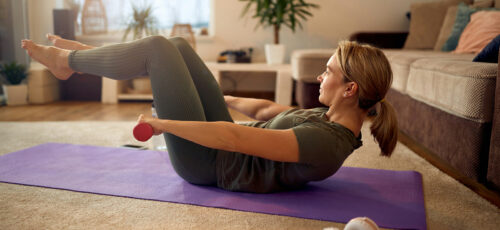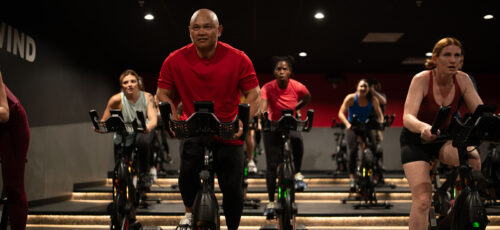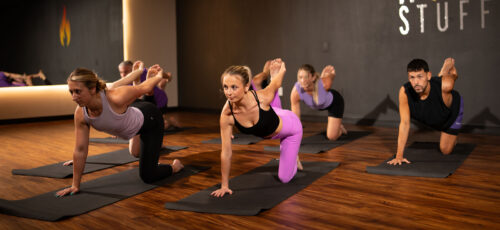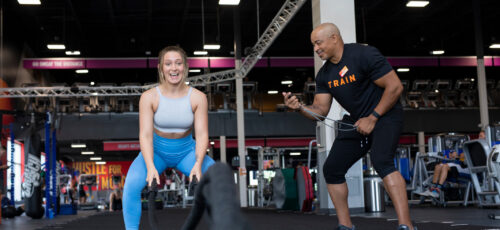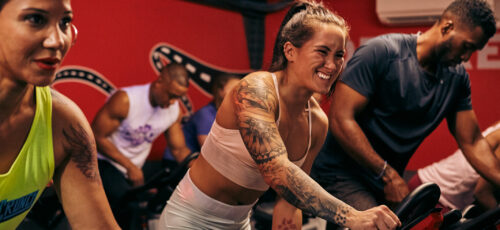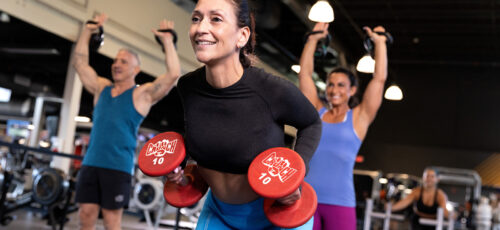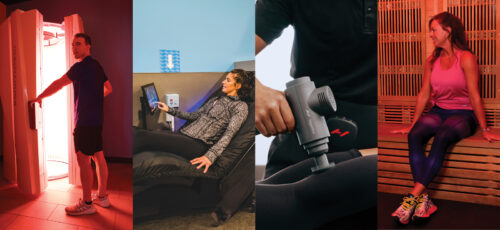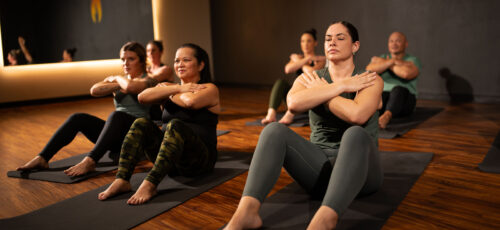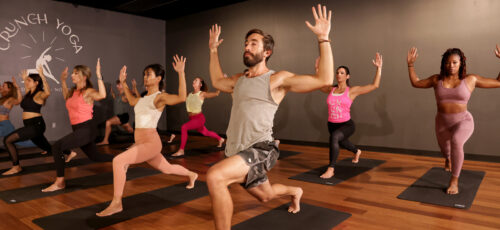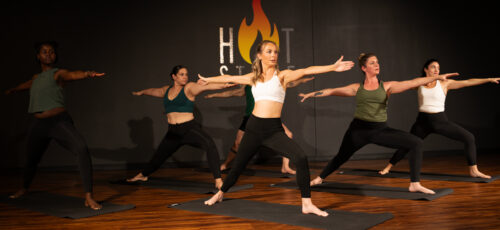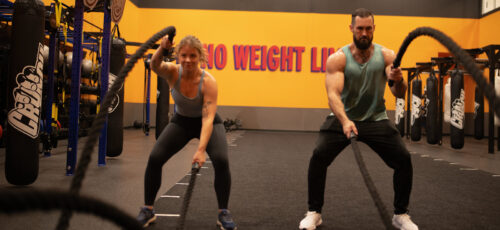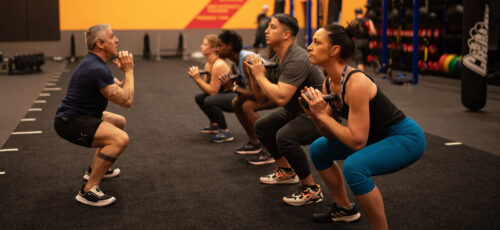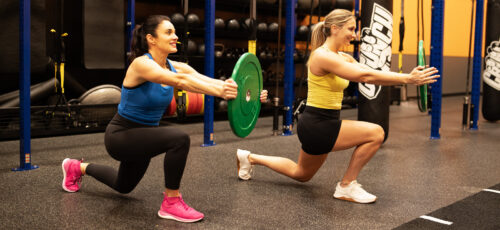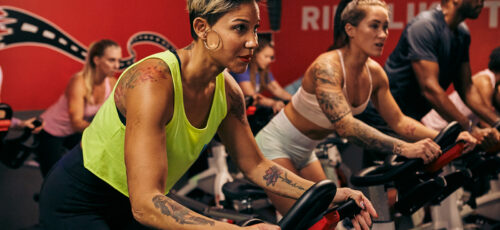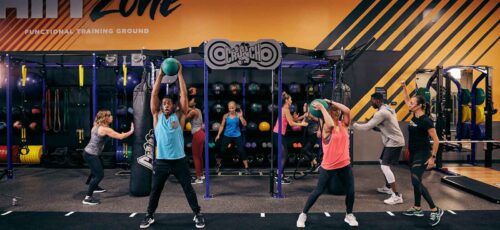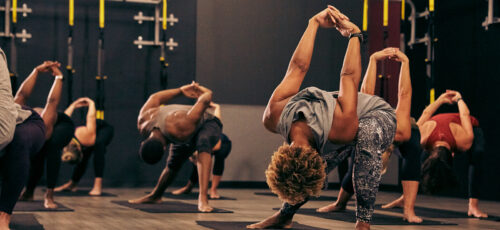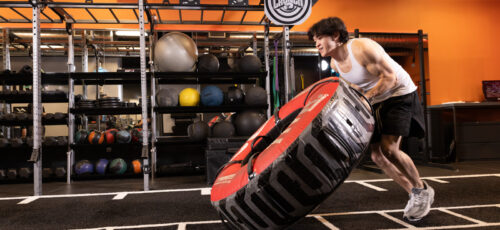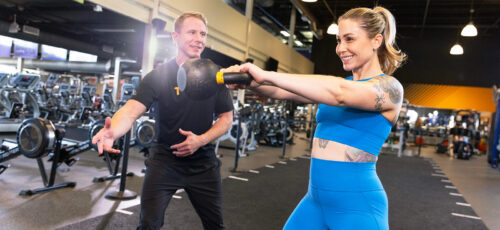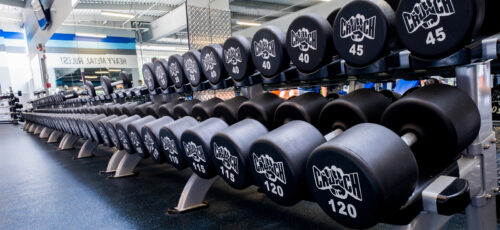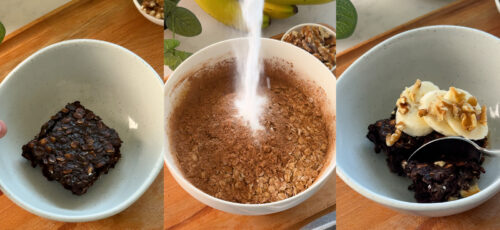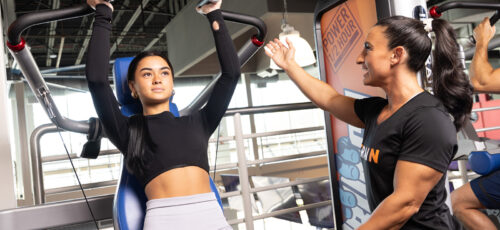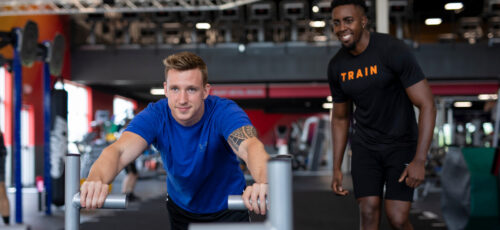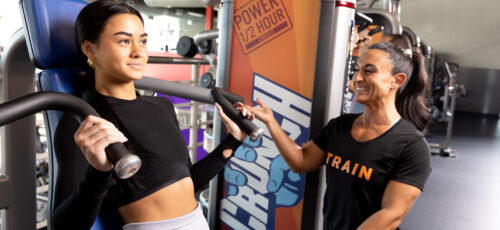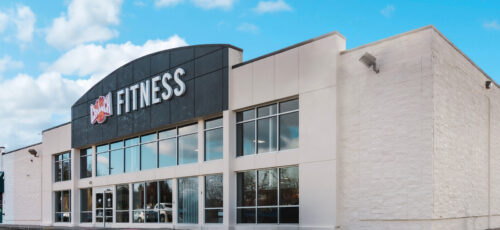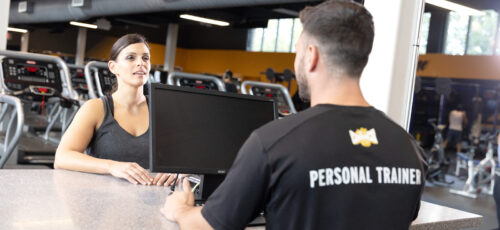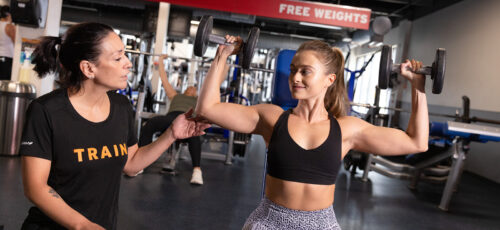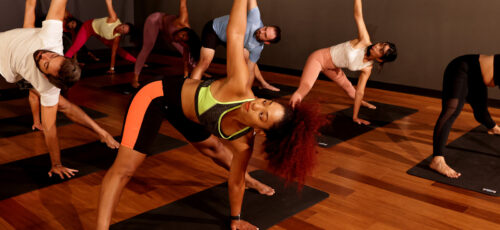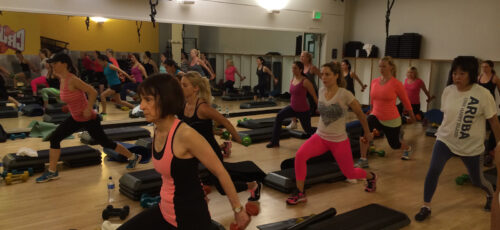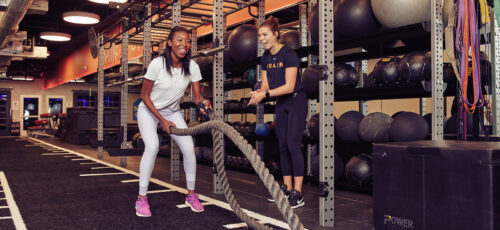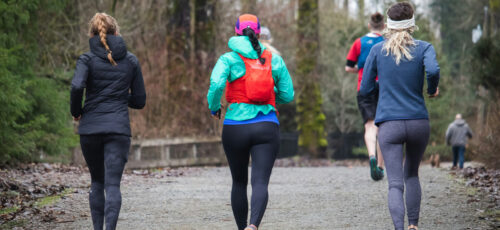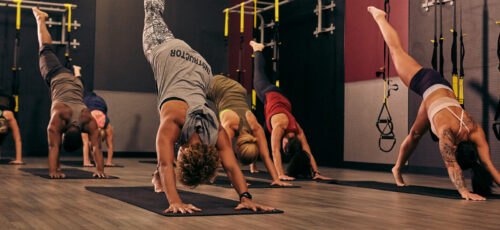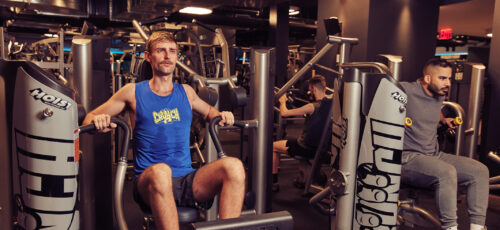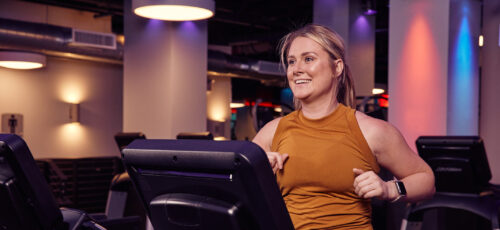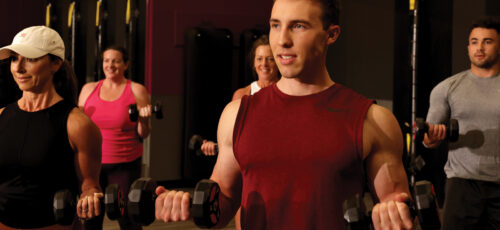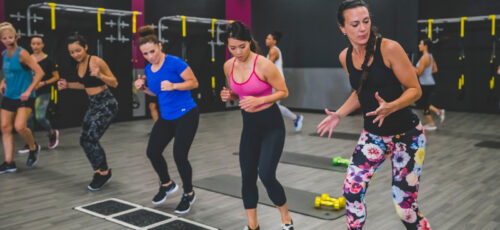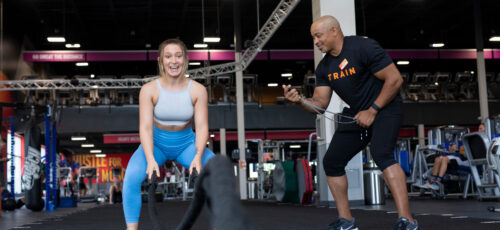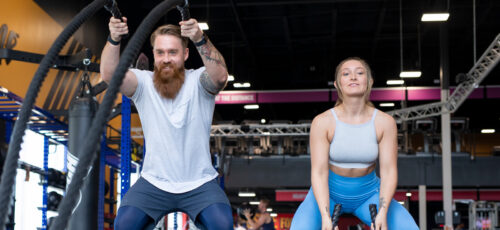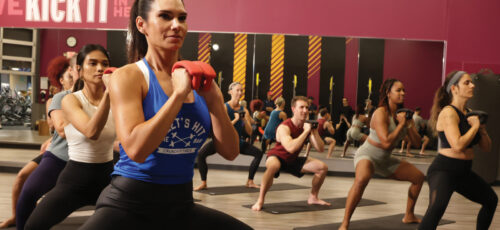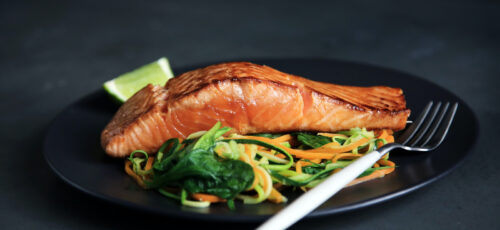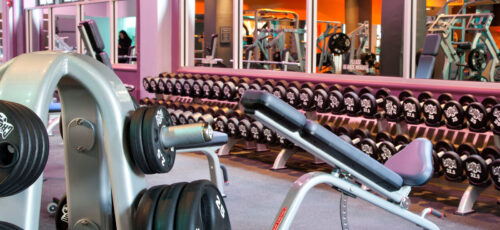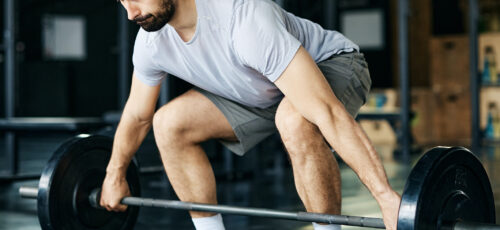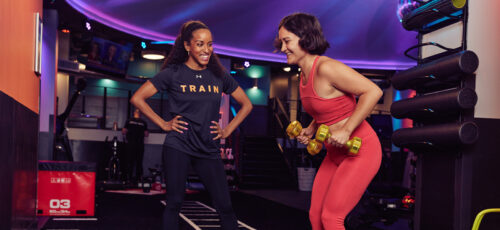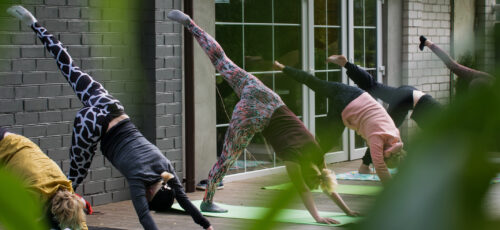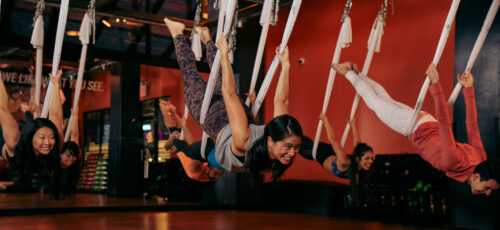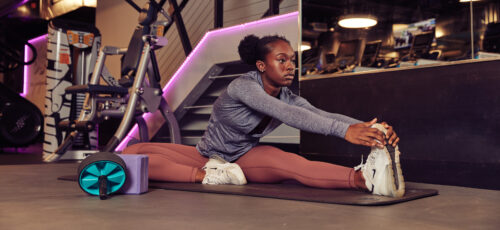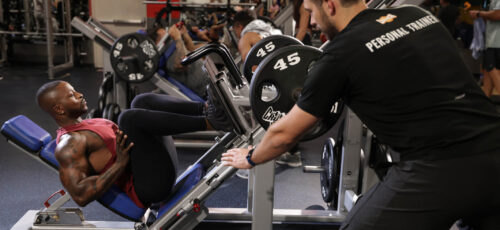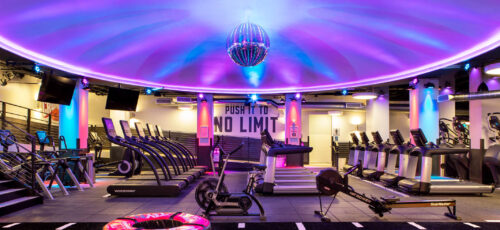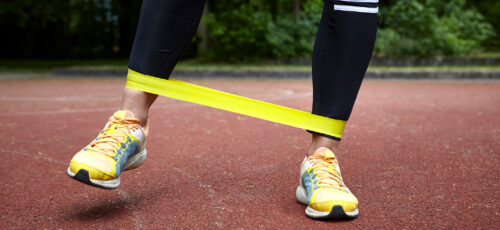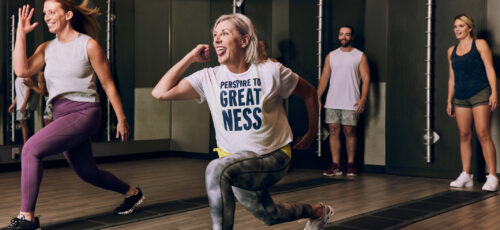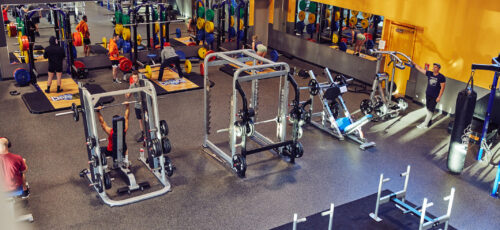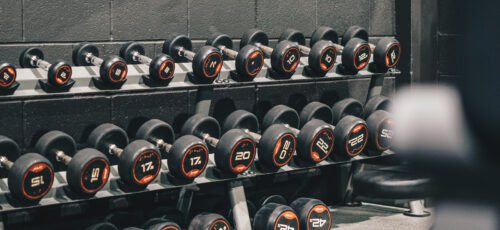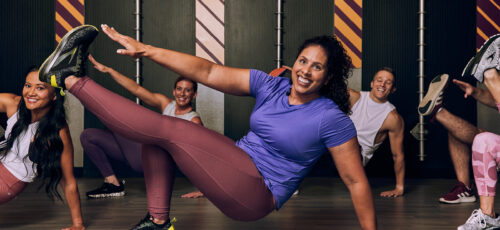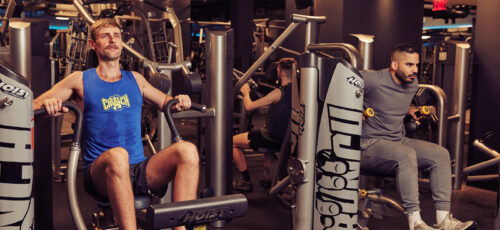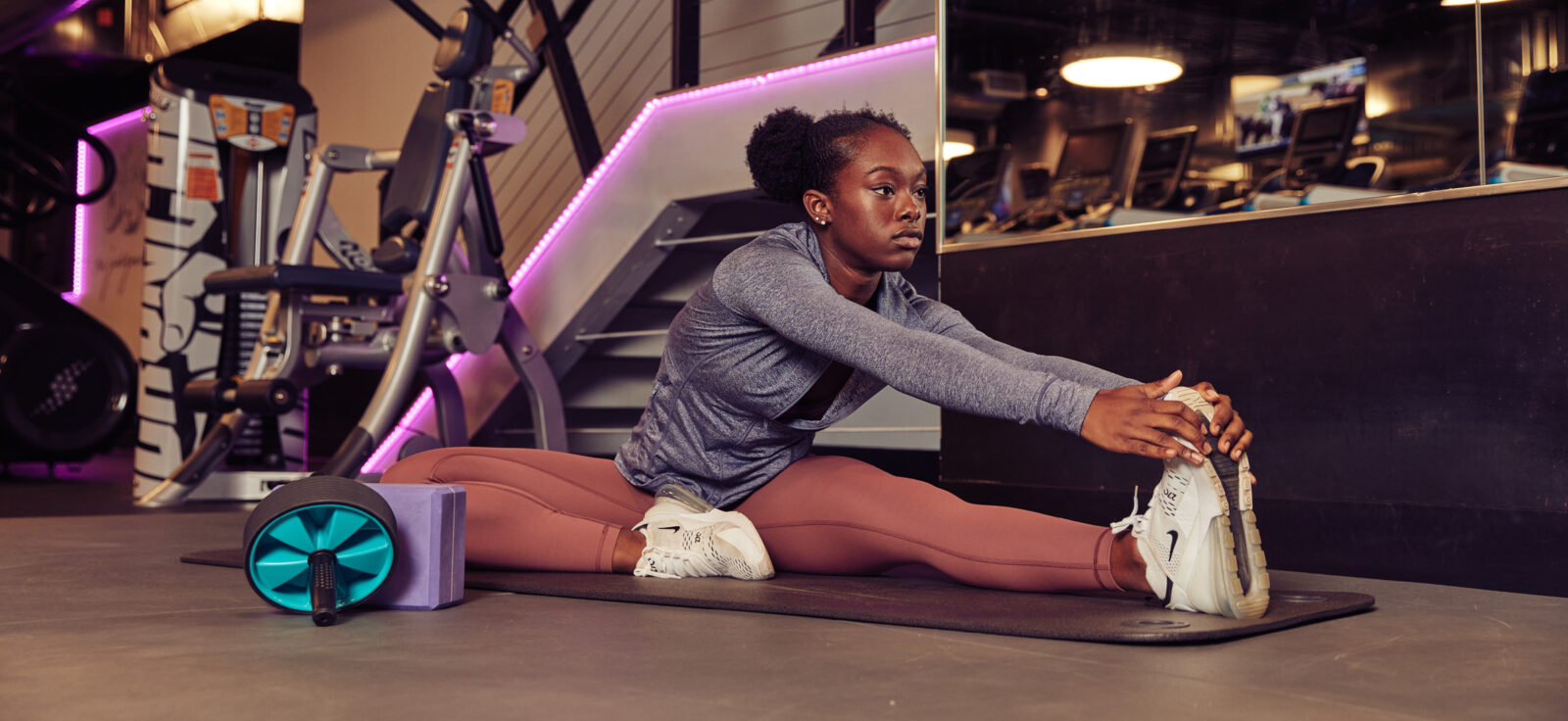
By Matthew C. Harling
Recovery is essential, underrated, and often overlooked. Proper recovery is not only all these things – but when neglected, it can lead to adverse severe outcomes. I’m going to break down the reasons why recovery is essential for strength and injury prevention, key items that are vital for recovery, and important techniques to ensure your recovery is on point.
Tissue Repair Strengthening and Injury Prevention

Tissue Repair
Despite popular belief, muscle is not built in the gym. After a great or strenuous workout, damage in the form of micro-tears occurs in the muscle tissues. This is the reason for the recovery phase, allowing the body to heal. Satellite cells then converge on the damaged tissues, repairing and regenerating muscle fibers. This allows muscle fibers to become thicker and stronger.
Bone is no different. Microfractures occur in bones during a workout. Through bone remodeling, osteoclast activity and osteoblast activation act to break down and rebuild bone. This is essential for maintaining bone density, strength, and overall skeletal health. In other words, rest is the ultimate supplement.
Remember that your blood flow correlates with repair time, meaning tendons, ligaments, and other soft tissues that experience micro tears or damage but do not receive the same amount of blood flow take longer to recover. This can be seen in steroid users. The drugs that accelerate muscular recovery and result in massive biceps may also result in a torn biceps tendon as bodybuilders go above and beyond what the natural lifter can withstand. In conclusion, adequate recovery reduces the risk of overuse or acute injuries.

Restoring Joint Health
As previously stated, rest and recovery provide your tendons, ligaments, and other soft tissues to recover, but our joints also need the opportunity to rest and recuperate. Overuse and damage will occur without proper recovery periods, ranging from something minor as tendentious or as bad as a rotator cuff injury.
You may also experience Inflammation. Recovery allows us to reduce Inflammation by providing lubrication, primarily facilitated by synovial fluid, a thick, gel-like substance located in the joint cavity. Synovial fluid reduces friction, acting as a shock absorber. Synovial fluid also supplies nutrients, removes waste, regulates temperature, and heals minor damage, all of which aid in preventing chronic joint issues.
You may have heard of osteoarthritis or carpal tunnel syndrome. Common among athletes may be plantar fasciitis, tennis/golfer’s elbow, IT band syndrome, and a runner’s knee.
Preventing Overtraining
Overtraining is a step toward many injuries, such as stress fractures, muscle strains, rhabdomyolysis, and mental burnout. These can lead to a trip to the hospital at worst and a long, uncomfortable time away from physical activity at best. For example, minor to severe muscular pain or infection due to the breakdown of muscle products leaking into the bloodstream. This may lead to kidney damage and or failure.
Compartment syndrome is a condition that may cause severe damage to muscle and tissue of the body as blood floods into a centrally located area, causing the muscle to swell. This may require immediate surgical intervention as proper blood flow may be disturbed.
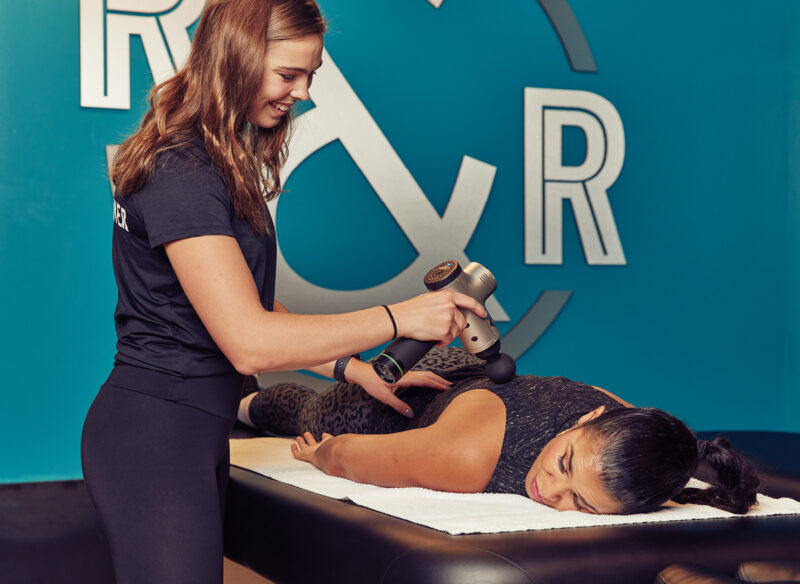
Enhancing Neuromuscular Coordination
Recovery is necessary to restore neuromuscular coordination and motor skills, reducing the chance of accidents causing injury. This point is short and sweet. Be it an athlete or average Joe, proper recovery allows your speed, agility, and quickness to improve significantly.
Optimizing Training
We all want the most efficient workout program. If you have made it this far, you realize recovery is critical in allowing the body to adapt to the stresses and demands placed upon us in life. Optimizes your performance, optimizes conative ability, reduces the risk of injury, and stays healthy. With recovery contributing to longevity, your training will intensify, you will build muscle faster, sleep better, and be a better you.
How to set up your recovery phase
Sleep
This is the greatest tool at our disposal, so it is no surprise that the lack of this recovery tool is detrimental. Lacking sleep impairs cognitive functions, leads to mood swings, weakens our Immune system, and increases stress. It also may contribute to weight gain. This places us at risk of cardiovascular Issues, increased Inflammation, greater pain sensitivity, and digestive problems. Your testosterone plummets to levels ten years your senior. Libido is reduced, and to top it all off, it decreases our lifespan.
You cannot recover properly without sleep. Take a shower, dim the lights, cool your room, and relax your mind. Limit your screen time before bed and hydrate yourself.
Nutrition
Improper nutrition can lead to a variety of issues. Malnutrition negatively affects our bones, skin, and mental health. We may suffer from digestive problems. Our immune system weakens, cognitive ability declines, and sleep may become disturbed. These can compound into hormonal and mental conditions. Weight gain and obesity may also be a problem if you overindulge. This may lead to type 2 diabetes or cardiovascular disease.
A balanced diet with sufficient protein is needed to support muscle repair. Lean protein is your best option. However, there are great vegan options as well. Carbohydrates are essential to fuel those glycogen stores that provide glucose, our brain’s preferred fuel source. Complex carbohydrates will be your go, with simple carbohydrates being a great pre-workout snack.
Healthy fats are a utility providing aid for proper brain health, hormone balance, and the absorption of fat-soluble vitamins, to name a few. A mixture of unsaturated and limited saturated fats is ideal, with various colorful fruits and vegetables ensuring efficient vitamin and mineral intake.
Hydration
This is an easy one: It is a shock to no one that proper hydration is essential for organisms that are made of mostly H20. This affects performance by as much as 30 percent. Being dehydrated has so many negative issues that you would think you are watching the subtitles of a medication commercial. If you want to achieve that dry bodybuilder look, choose dehydration. Side effects may include rapid heart rate, increased risk of urinary and digestive disorders, urinary tract infections, low blood pressure, headaches, constipation, skin problems, kidney failure, seizures, fatigue, reduced energy, and if you want to try severe dehydration, death.
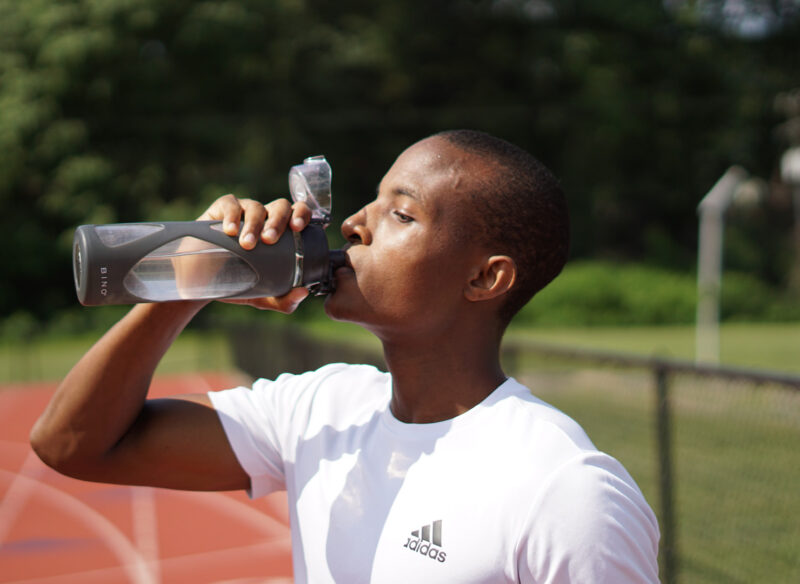
To combat this, do not ignore the fact that you are thirsty. Have a hydration goal; some bottles are designed with hydration markings you aim to hit throughout the day. Eat foods with a high water content, like berries and watermelon, as a snack. Have a glass before bed, incredibly when sick, and remember, our heights and weights vary. No one glass fits all – so, have a glass when you are thirsty, and remember your water bottle during your training session.
Bonus in gym recovery techniques
- Stretching: Incorporate stretching and flexibility exercises to improve muscle elasticity.
- Foam Rolling: Use foam rollers or massage to reduce muscle tension and soreness.
- Active Recovery: Engage in light activities like walking or cycling on rest days to promote blood flow and reduce stiffness.
Matthew C. Harling is a Master Trainer at Crunch Union Square.
Crunch promotes a culture of positivity, inclusivity, and fun with no judgments by providing an environment for all individuals regardless of their health and fitness goals. Find a Crunch gym near you to try our free trial membership, or join Crunch now. We’re here for you – at the gym or at home. Access the best live & on-demand workouts anytime, anywhere with Crunch+. Ready to get sweaty? Try hundreds of workouts for free! Start your free trial now!












